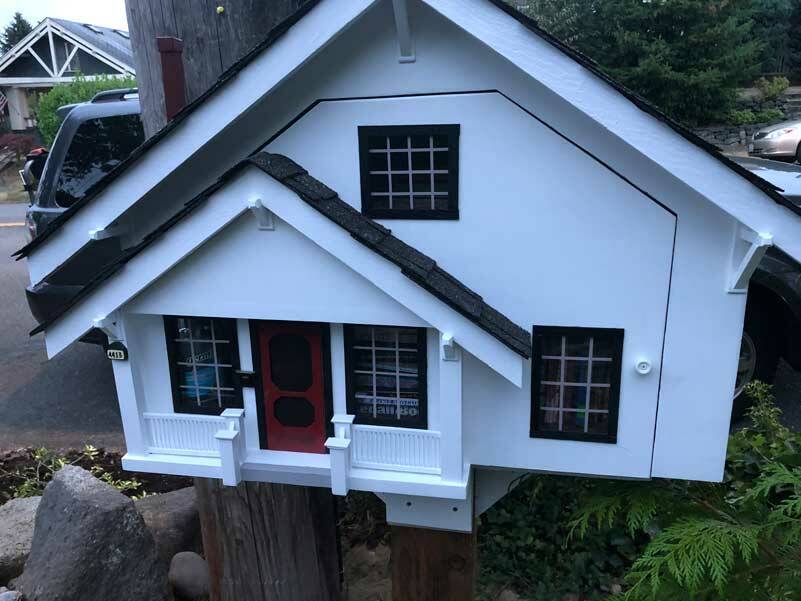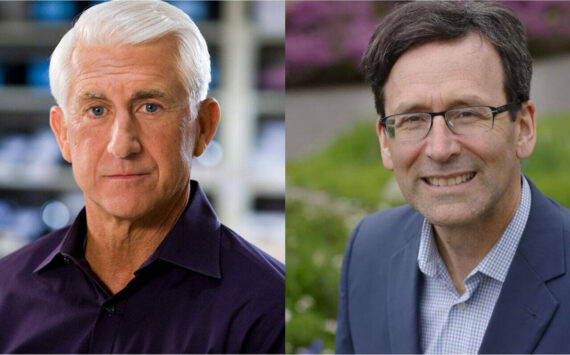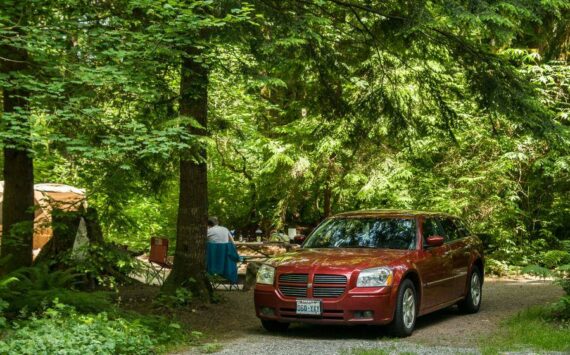By Morf Morford, Tacoma Daily Index
We all know the Disney song “It’s a small world after all”.
If there is any environmental principle we should all know, it is that nothing magically disappears when we are finished using it. Every wrapper, paper towel or piece of spoiled produce goes somewhere.
And in most cases, it doesn’t go very far.
There is no such thing as “disposable”. Single-use products might be “used” once, but they don’t evaporate when we toss them. Popular single-use products, like plastic bags or bottles and diapers, have a long, long existence many years after they leave our hands.
To put it simply, everything goes somewhere.
When it comes to diapers for example, Pampers were first released in 1961, and Huggies were marketed as of 1978. The vast majority of them are still around. Somewhere.
If you want to see what “disposable” diapers are made of, take a look here – https://realdiapers.org/what-are-diapers-made-of/.
One man’s trash is another man’s treasure
Fortunes can be made from what others are throwing away. Virtually everything, at some time, is a resource.
It would be easy to make the argument that “waste” is only our word for something we have not come up with a use for yet.
From heat, to sawdust, to food scraps, to excess building materials, everything is of use to someone, if we could just figure out how to get it into those hands that could make good use of it.
The guiding principle of a “circular economy” involves minimizing or repurposing waste – creative re-use is one way of putting it.
When it comes to building products or related hardware, Second Use or Earthwise are unheralded treasure troves for those hard to find, no longer produced, items that suit the many historic (or eclectic) homes and businesses around Tacoma – and beyond.
There is no such place as “away”
When we “throw something away”, where does it go? It depends what it is, and where, and when.
But it shouldn’t.
Keeping our waste out of the waste stream should be built in, even engineered into every product or package we use.
Those plastic tubs and containers we all use for just a few servings, often for a just few minutes, will linger, somewhere, for centuries.
Everything we use comes from somewhere – and goes somewhere
It’s a strange idea until you think about it; everything we use or that passes through our hands comes from somewhere and ends up somewhere else, and for most things, keeps moving out there somewhere.
Literally nothing in the physical world is permanent or solid.
Every object existed before we encountered it, and will continue to exist, in some form, long after we have forgotten about it.
Every cell phone, chair, pair of shoes or item from a fast food place went through multiple hands and processes, from manufacturing to transit, before it got to us. And keeping those things out of the waste stream is to everyone’s advantage.
Those are just a few aspects of some recent meetings and research led by Governor Inslee here and in various locations around the world.
You can see a summary here – https://medium.com/wagovernor/what-goes-around-comes-around-when-it-comes-to-industrial-waste-e73a515a391a.
In short, everything we waste is an added cost.
Food
According to recent research, the average household wastes about 40% of its food – about a pound a day.
The average restaurant or grocery store wastes about that same percentage – which is many tons of usuable food – in any given year.
Food takes up more space in US landfills than anything else.
In contrast, about 50 million Americans are defined as “food insecure” – not knowing where their next meal is coming from.
For more details on food waste in America in 2022, look here – www.rts.com/resources/guides/food-waste-america/.
Pass it on
In short, almost everything we can’t use, someone else probably can.
One neighborhood level response to this is the “buy nothing” movement. You can see origins of this organization here – https://www.nextavenue.org/join-the-buy-nothing-movement/. The premise is simple; give away those things you will probably never use.
Not only will you save yourself some fees, you just might get to know your neighbors.
About 4 million people sustain more than 6,800 Buy Nothing communities in 44 countries across the globe – and almost certainly one in your neighborhood.
It’s good for the earth and good for the budget, plus, you never know who you might meet just a few blocks from home.





